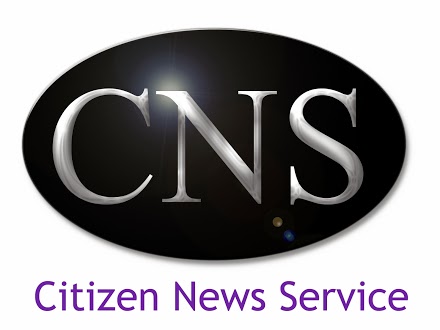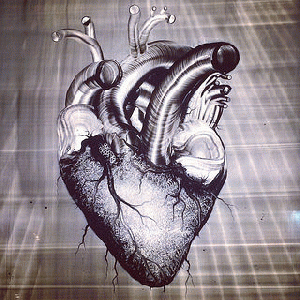- World Heart Day is on 29 September 2014 --
A little fluttering in the chest or pounding of the heart is all too familiar and a common phenomenon that we often ignore; rightly so, when it is before a public speech or while we run to catch a bus or train that is leaving the platform. These are normal responses to stressful events. However, when it occurs without any rhyme or reason, then we ought to give it some thought.
Was it sudden or did it gradually start? Is there associated chest discomfort, shortness of breath or light headedness are other symptoms that one should carefully note. Pounding of the heart when associated with any of these should alert us to a heart condition that needs careful assessment by a trained physician.
Palpitations occur as a result of change in the rate or rhythm of the heartbeat (arrhythmia). It is also experienced when there is a change in the force of contraction. Arrhythmia can be slow or fast. The slow beating of the heart may be ignored unless it precedes loss of consciousness. On the other hand, the rapid beating of the heart is worthy of our attention. The common cause for rapid beating is atrial fibrillation, a heart rhythm disorder which originates in the upper chambers of the heart called atria. Instead of the synchronous contraction, the atria beat dyssynchronously at more than 300 beats per minute. The result is ineffective contraction and stagnation of blood. Blood when it stagnate forms clot. These clots can dislodge from the atria, travel into the lower chamber called the ventricle and from there on through the great arteries (aorta and pulmonary artery) to any part of our body. The most devastating complication is stroke which results from the clot lodging itself in a small artery in the brain and cutting off its oxygen supply. Consequence is death of brain cells which manifest itself as loss of function such as weakness of the hands and legs.
Often atrial fibrillation is a harbinger of brain attack (stroke). It assumes greater significance in individuals with co-existing diabetes, hypertension, ischemic heart disease and previous stroke. The arrhythmia is seen in almost 10% of individuals above the age of 80. Brain attack in these patients can be prevented by taking "blood thinners" called anticoagulants. The time tested "rat poison", warfarin in minute dose, has been used for more than 4 decades for this purpose. The drawback, however has been, that the level of "blood thinning" requires frequent monitoring and the dose adjusted. It also interacts with food and other medications resulting in various levels of "blood thinning" with same dose. However, the newer oral anticoagulants that have been studied in various multi-centre trials, claim lack of food and drug interaction, thus negating the need for close monitoring. These drugs have been found to be equally efficacious, if not more. The cost of the medicine and lack of an easily available antidote appears to be its shortcoming.
Atrial fibrillation was considered an insurmountable rhythm disorder with no apparent "cure". This scene has changed over the last decade. A newer form of treatment called radio-frequency ablation has emerged and has the potential to get rid of the rhythm problem 70% of the time. The procedure is complicated and requires both a cardiologist who has been specially trained and a specialized cardiac catheterization laboratory. There are however, other rhythm disorders that have the prospect of complete cure. These are arrhythmias that result from abnormal connections between the upper chamber and lower chamber. The operation is done through the vein on top of the leg. Thin wires, called catheters are passed through it into the heart. The abnormal circuit is located and radio-frequency energy is applied. Patients are admitted as day care and discharged the next day morning. Drugs can be completely stopped and one could lead an absolutely normal life without the annoyance of palpitation and its unpredictable nature.
There are also arrhythmias which originate from the lower chambers of the heart. These are occasionally fatal, especially in patients who have poor pumping capacity of the heart. Implantable devices that deliver an electrical shock to "jump start" the heart are now available. These devices, called Implantable Cardioverter Defibrilator (ICD), have been shown to improve survival. Still some others, improve the cardiac function.
The field of cardiology dealing with these rhythm disorders is called cardiac electrophysiology. Over the last two decades, invasive cardiac electrophysiological procedures have improved the survival and quality of life among patients with rhythm disorders. Let us on this day of remembrance of the heart, not ignore the rhythm that is pivotal in sustaining life.
Dr Bobby John, Citizen News Service - CNS
(The author is a senior cardiologist, serving as Professor in Department of Cardiology, Christian Medical College (CMC), Vellore, India. He is also a Fellow of American College of Cardiologists)
- Shared under Creative Commons (CC) Attribution License






